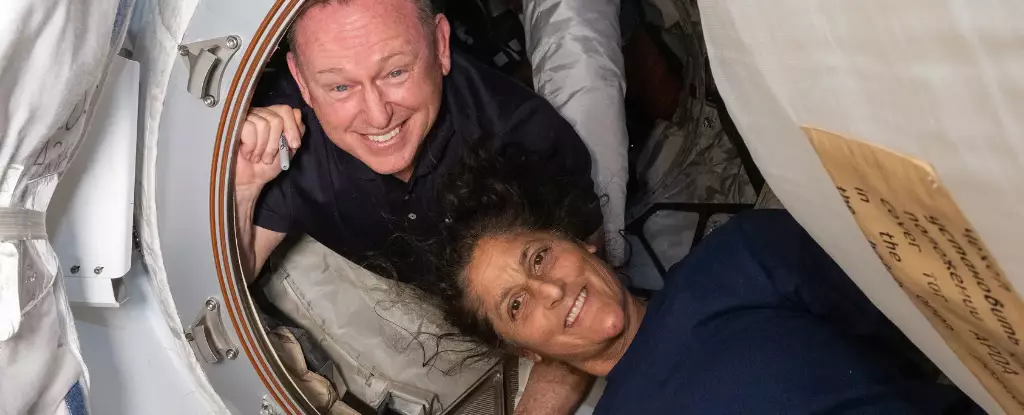Two American astronauts, Butch Wilmore and Suni Williams, find themselves in a remarkable situation, having been stationed on the International Space Station (ISS) since June. Initially anticipated to spend only eight days in orbit, they have now spent over eight months in microgravity due to unforeseen problems with their Boeing Starliner spacecraft. The experience highlights the unpredictability of space missions, underlining both the resilience of astronauts and the complexities associated with space travel.
The troubles began when the Starliner faced significant propulsion issues, preventing their return. NASA’s decision to prioritize astronaut safety by opting to bring the spacecraft back without the crew instead of rushing a potentially flawed mission illustrates the agency’s commitment to rigorous testing and safety protocols. This choice reflects a responsible approach that balances scientific exploration with human safety, particularly valuable given that Wilmore and Williams are seasoned astronauts accustomed to the rigors of extended spaceflight.
In light of these challenges, NASA decided to enlist Elon Musk’s SpaceX, ushering a transition in strategy that speaks volumes about the growing partnerships in space exploration. Musk’s commitment to swiftly returning the astronauts is noteworthy, especially within the context of commercial spaceflight’s increasing role in NASA’s operations. SpaceX’s Crew-9 mission showcased the efficiency and reliability of their Dragon spacecraft, successfully transporting two other astronauts to the ISS.
Unfortunately, the return for Wilmore and Williams has been complicated. The scheduled launch of their relief mission, Crew-10, has been delayed until at least the end of March, with the next potential launch date set for March 12, contingent on mission readiness. Such postponements can be incredibly frustrating but also exemplify the careful coordination necessary in space missions. NASA revealed that Crew-10’s launch will now utilize an already flown Dragon spacecraft named Endurance. This decision likely stems from a desire to streamline processes while ensuring astronauts have a reliable vehicle to return home.
Despite their extended astronaut tenure, both Wilmore and Williams have expressed a positive outlook, emphasizing that they are well-fed and content with their circumstances aboard the ISS. Their morale underscores the importance of mental resilience in space, particularly during lengthy missions where isolation can take a toll on the human psyche. Their situation, while unusual, offers a unique glimpse into life aboard the ISS and the experiences of astronauts who have navigated both scientific challenges and extended periods away from Earth.
While their journey has not yet eclipsed the remarkable record set by astronaut Frank Rubio, who spent 371 days in space due to a coolant leak in his returning spacecraft, it serves as a valuable case study for future missions. Each of these long-duration flights enhances NASA’s understanding of human endurance in space, contributing to research vital for upcoming ventures to destinations like Mars. As the era of space exploration expands, astronaut experiences such as those of Wilmore and Williams will continue to inform and inspire advancements in human spaceflight.

